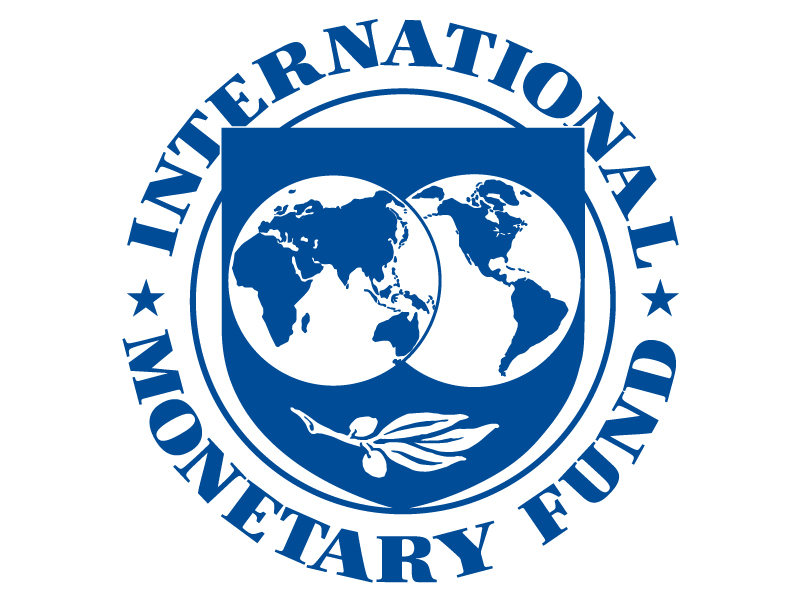Public sector assets and public wealth matter, the IMF’s Fiscal Monitor report concludes. The report, released in Bali in the lead-up to the Annual Meetings of the IMF and World Bank Group explores public wealth—the difference between assets and liabilities—using public sector balance sheets.
Public sector balance sheets account for everything that the state owns and owes, providing a more complete picture than the traditional fiscal focus on debt and deficits.
“Public sector assets stand at more than 100 trillion (US) dollars. That’s an enormous amount that can be put at the service of society. It does complete the traditional picture of the general government that focuses mostly on gross debt,” said Vitor Gaspar, Director of the IMF’s Fiscal Affairs Department.
Most public sector assets yield very low returns – suggesting untapped potential to increase revenue. Revenue gains from improving how public assets are managed could be in the range of 3 percent of GDP annually – equivalent to average corporate tax collections across advanced economies.
“Public sector assets matter a lot for public policies. The balance sheet allows governments to be more transparent and accountable vis-à-vis their citizens and they are something that all countries can do,” Gaspar said.
Countries should start compiling balance sheets and use them for risk analysis and policy formulation. Basic balance sheet estimates can be compiled even in low capacity countries, the report finds.
“Countries with stronger balance sheets face shorter and shallower recessions and what is more by improving their balance sheet management practices they are able to boost their revenues and reduce public finance risks,” said Gaspar.
A full copy of the report including data on specific countries and regions may be found at https://www.imf.org